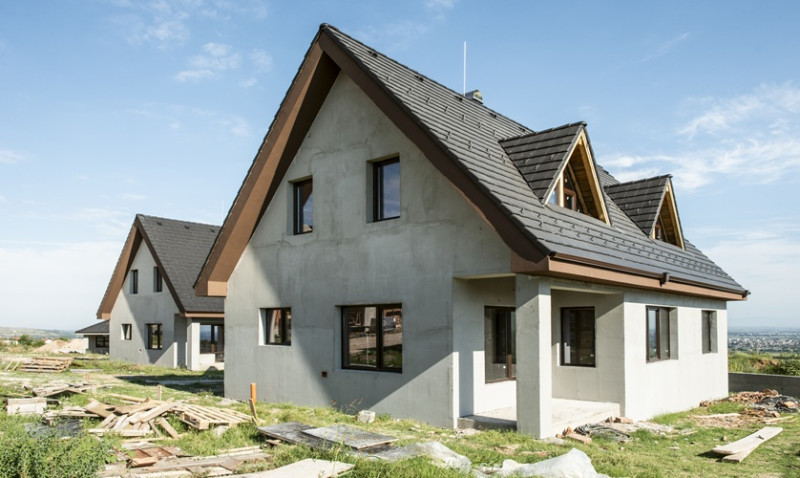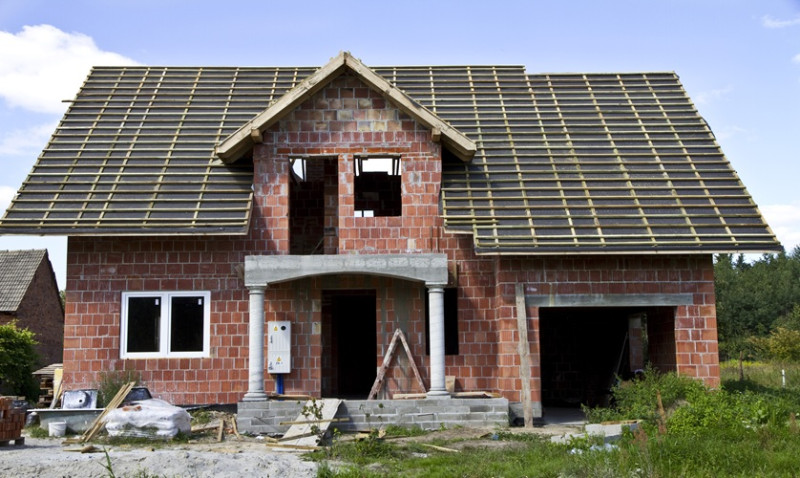
If you've ever tried your hand at DIY, odds are you’ve muttered the words “I tried!” at least once… usually with a raised eyebrow and a wall slightly more crooked than intended. Whether you’re a weekend warrior or newly inspired by the smooth transformations on TV renovation shows, tackling your own building or decorating project is a rite of passage – full of ambition, awkward mishaps, and, yes, the occasional disaster. This is the story of us brave DIYers — or as we like to say, E The Builder.
Let’s face it – the path from Pinterest inspiration to paint-splattered reality is rarely as smooth as it looks online. In this blog, we'll explore the highs, lows, and hilarious truths of DIY home projects, offering essential tips, UK-specific advice, and encouragement for anyone who’s ever looked at a sledgehammer like it’s an old friend.
Why More UK Homeowners Are Jumping Into DIY
Since the pandemic, the UK has seen a massive rise in do-it-yourself projects. More people are working from home and want to improve the space they spend most of their time in. Add in the cost-of-living crisis and the drive to save on tradesmen, and suddenly every home is stocked with screwdrivers, spirit levels, and backup paint samples "just in case."
This DIY boom hasn’t been limited to changing light fittings or assembling flat-pack furniture. Ambitious Brits are now flipping entire rooms, insulating lofts, and even landscaping gardens. And with shows like “Grand Designs” and “DIY SOS” playing in the background, confidence is at an all-time high — until it isn’t.
But let’s be honest. Sometimes, despite our best efforts and YouTube tutorials, our projects result in more mess than magic. Cue the classic DIY phrase: “I tried!”
It’s okay — DIY is not failure, it’s a process. Most successful builders started with a wonky shelf or a paint job that looked way more ‘Jackson Pollock’ than ‘minimal elegance.’
Common DIY Fails – And What You Can Learn From Them
We’ve all seen them, or maybe even done them: tiles that slope dramatically, plug sockets painted over, or an entire room painted magnolia before realising it looked far better white. These are real UK DIY rites of passage.
The key is not to be discouraged. Learning from mistakes is part of the process. Did your skirting board look like it was cut with teeth rather than a saw? Cool – next time you’ll measure twice and cut once. Did your first attempt at wallpaper result in a bubble-infested mess? You’re not alone – and lining paper is your new best mate.
These fails may be frustrating, but they’re also proof that you're trying. And if you're keen to improve, every mistake adds value in the form of experience. The best builders started with blunders – the only difference is they kept going.
Here’s a quick look at the most common DIY mistakes and how to avoid them:
| DIY Mistake | Why It Happens | How to Fix or Avoid |
|---|---|---|
| Sloppy Paint Finish | Not prepping surfaces or using low-quality brushes | Sand between coats, invest in good brushes, use painter’s tape |
| Uneven Tiling | Skipping a level guide or rushing layout planning | Use tile spacers, plan layout carefully, and always check levels |
| Wrong Measurements | Getting too excited and not measuring twice | Always double-check before cutting or buying materials |
| Overloading a Wall Shelf | Wrong fixings used for the wall type | Check wall type (brick, plasterboard), use appropriate anchors |
| Assuming “It’ll Only Take a Weekend” | Underestimating time and complexity | Plan realistically — add extra days as buffer |
The Right Tools Make All the Difference
DIY becomes ten times easier (and less frustrating) with the proper tools. This doesn’t mean spending a fortune, but investing in quality tools saves both time and mistakes. Beyond the basics like a hammer and tape measure, consider adding a decent cordless drill, spirit level, multi-tool, and sander to your kit. Brands like DeWalt, Makita, and Bosch are popular choices among UK tradesmen and hobbyists alike.
Don’t forget about safety either. Proper gloves, eyewear, and knee protection do a lot more than collect dust in your toolbox. If you’re doing electrical work (especially in older UK properties with mixed wiring rules), always turn off your mains and consider hiring a professional for inspection.
A surprising tool that shouldn't be overlooked? Your smartphone. From step-by-step tutorials and measurement-converting apps to augmented reality tools that let you visualise finishes — tech is now part of the modern DIY toolbox.
Getting Inspiration Without Getting Overwhelmed
If you’ve ever scrolled through Instagram or Pinterest looking for home renovation ideas, you’ll know how easy it is to go down the rabbit hole. One minute you’re looking at a minimalist kitchen backsplash, the next minute you’re planning a mezzanine bedroom with exposed timber beams…in your two-bedroom terrace.
Inspiration is essential, but be realistic about what's achievable within your skills and budget. Use UK-based home improvement forums like DIYnot or Screwfix Community to get advice specific to British homes, which often come with their own unique challenges like narrow hallways, uneven floors, and 100-year-old plumbing.
Also, think long term. It’s easy to get swept up in fast trends, but sticking to timeless, well-finished work will add the most value to your home. If it feels too daunting or too far from your current level, consider doing a mini version of the project rather than abandoning it entirely.
DIY as a Journey – Not a Destination
The truth is, no one becomes a master tradesperson overnight. There’s pride in learning how to mix plaster or frame a stud wall — even if your first attempt didn’t quite match the YouTube thumbnail. Every crooked shelf tells a story. Every mismatched tile is a lesson. And every proud photo of your first finished project (taken only from the "good angle") is a badge of honour.
The UK’s homes, especially our older housing stock, offer some of the quirkiest and most rewarding challenges for aspiring builders, interior ninjas, and weekend fixers. Whether you’re living in Leeds, London or Llandudno, it's about making a space that reflects you — cracks, quirks, and all.
So when things go wrong — and they will — laugh it off, learn something, and keep going. Because you did try. And that’s already more than most!
Final Thoughts: Keep Building, Keep Learning
Next time someone spots your slightly sloping shelf or creatively filled hole in the wall, wear it with pride. Tell them, “I built that.” Because despite the laughs, the head-shaking, and the moments of “what was I thinking?”, you did something most people never attempt.
And to all our fellow DIYers across the UK — whether you're planning to redo your bathroom or just hang a shelf without the whole house hearing about it — we raise our dust masks to you. You're the engine of your dream home. You are, and forever will be, E The Builder
Now go on, and try again.






